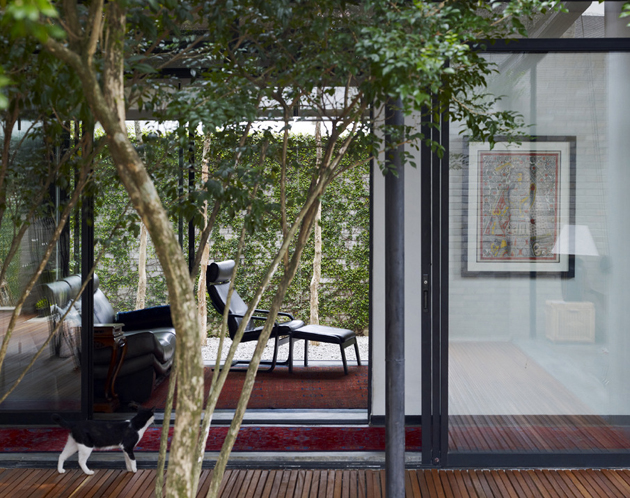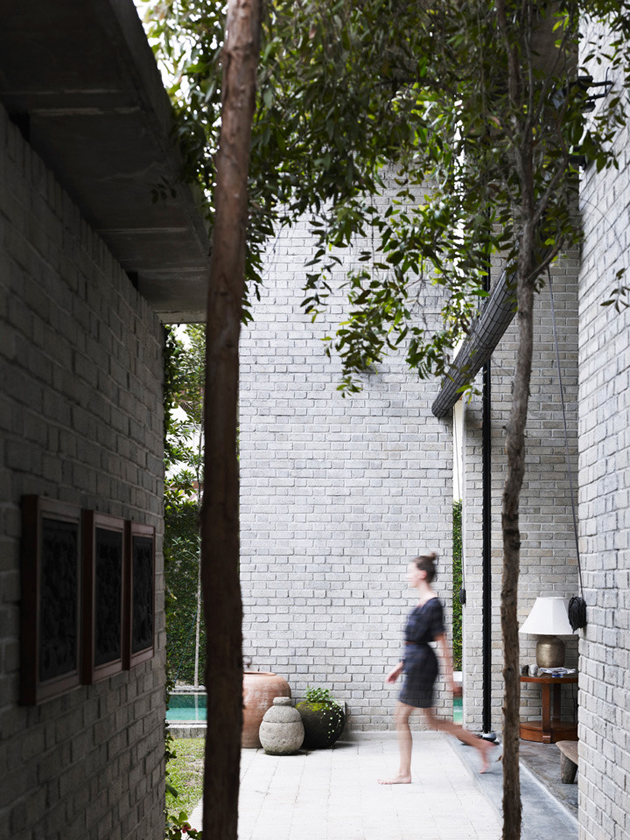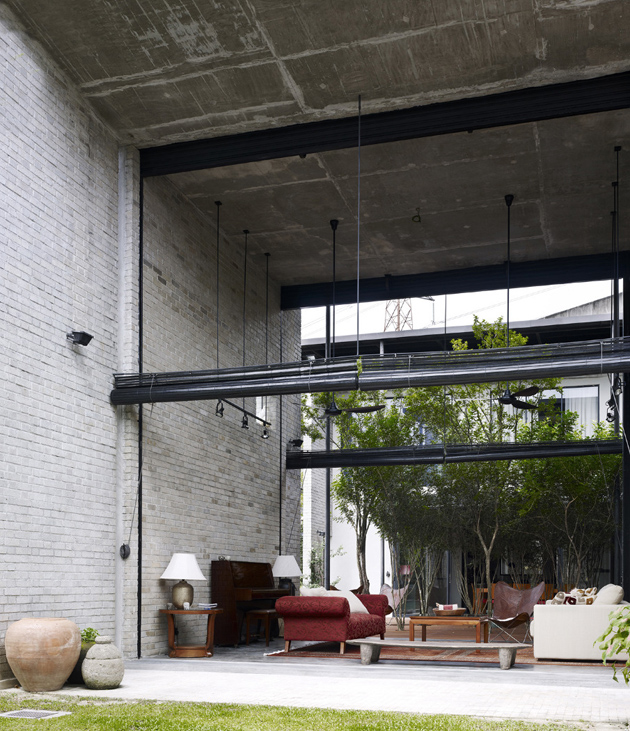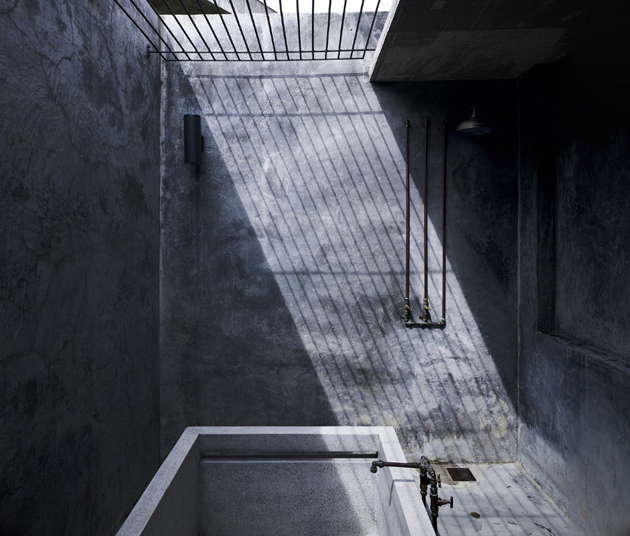Flipping through the magazines we see that the projects of new buildings, but also of the design objects of daily use, are losing character. Intensive use of “cold” materials and hightech, the oversize has separated us from the spiritual property of our sites, our spaces and objects. This is why designers like Kevin Low seem to be able to save what remains of a design well-made, calibrated, that can relate back to our things, big or small they are.


Kevin Low, despite the studies in the United States, returned to his native land Malaysia, and proposes a design rooted in its origins, local, using basic materials that are handed down over time and with a certain tactile charm, wood and iron above all. His projects are small, as he tells us with the name by which it occurs – “Small Projects” -, but are heard and followed by a manual approach, they’re always right.
The result that follows – objects, details, buildings with a special charm, wonderfully discreet and complementing spaces poetically – is certainly not big impersonal architectures. Low’s method could serve as a model for the transformation of design, being thin and camouflage instead of bold and impetuous. We should reflect on the work of the people like Kevin Low, and take a look at the studies of this type. For example Studio Mumbai in India, or many others in Europe – especially in Switzerland and Scandinavia – want to make us realize that design still means manual work, models, prototypes, evidence, making samples, intervening only at the end, trying to create discreet order and not distorting the places where we live. Maybe we need less automation and more low-tech materials and mechanical movements.



